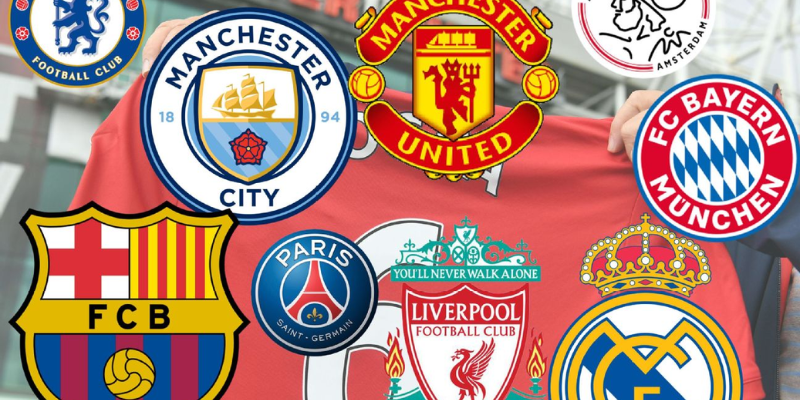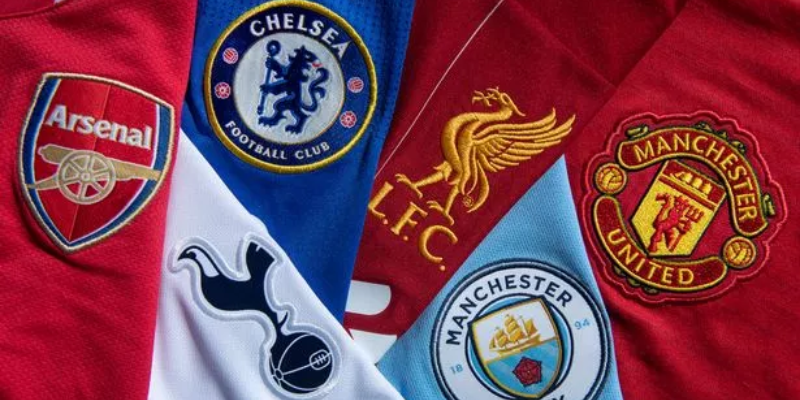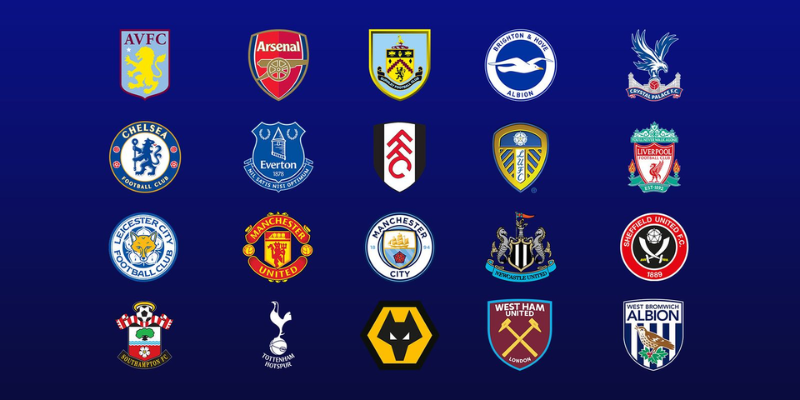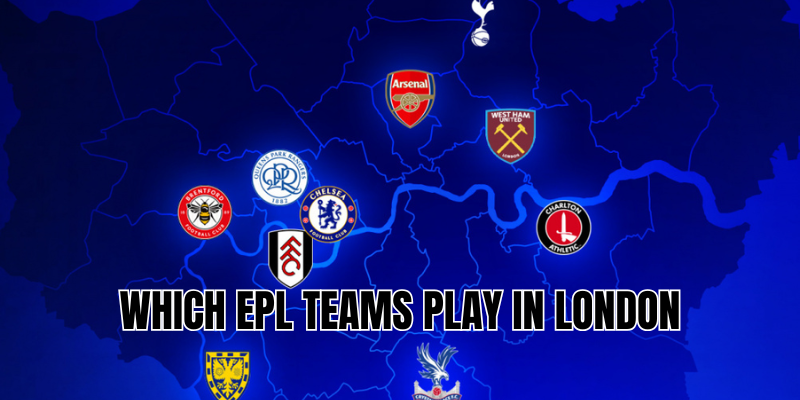In 2025-26, London is home to seven Premier League clubs. If you’ve ever asked which EPL teams play in London, here are the exact names: Arsenal, Brentford, Chelsea, Crystal Palace, Fulham, Tottenham Hotspur, and West Ham United. These teams represent various parts of the capital.
London clubs in the Premier League 2025-26

Here are the seven London-based Premier League teams, with key facts about each:
| Club | Location | Stadium | Notable History & Recent Performance |
| Arsenal | Holloway, North London | Emirates Stadium | One of the elite clubs. Never relegated since the Premier League era began. Major titles, strong fan base. |
| Brentford | Brentford, West London | Brentford Community Stadium | Smaller but ambitious. Has been punching above its weight since promotion in 2021. |
| Chelsea | Fulham, West London | Stamford Bridge | Huge resources, European pedigree. Big name players, always in the frame for silverware. |
| Crystal Palace | Selhurst, South London | Selhurst Park | Known for grit and steady mid-table finishes. Strong home ground atmosphere. |
| Fulham | Fulham, West London | Craven Cottage | One of London’s oldest clubs. Has bounced between divisions but now looking more stabilized. |
| Tottenham Hotspur | Tottenham, North London | Tottenham Hotspur Stadium | State-of-the-art stadium, high expectations. Deep rivalries. |
| West Ham United | Stratford, East London | London Stadium | A club with proud heritage and passionate fanbase. European ambitions in recent seasons. |
Why so many London clubs in the EPL?

London is massive—with both population and football history—so it naturally produces many top-flight clubs. Some reasons:
- Diverse neighbourhoods: East, West, North, South London all have their own football identity. This means many clubs draw.
- Historic roots: Several London clubs have foundations dating back over a century. Their institutions are deeply embedded in their communities.
- Economic resources: While costs are high, London provides big markets—media, sponsorship, fans—which help clubs compete financially.
- Rivalries and derbies: Local derbies draw big interest. That rivalry culture keeps clubs ambitious.
Major Stadiums & Fan Atmosphere

Each London EPL club has its own ground, character, and feel. Some highlights:
- Emirates Stadium: Modern, large capacity (≈60,700), known for electric atmospheres, especially in North London derbies.
- Tottenham Hotspur Stadium: Very new, cutting-edge facilities, excellent match-day experience. Big capacity and modern amenities.
- London Stadium (West Ham): Impressive size; moving there was a major shift for West Ham. Offers big match atmosphere but sometimes mixed reviews about intimacy.
- Stamford Bridge, Craven Cottage, and Selhurst Park all bring tradition. Especially Craven Cottage, with its iconic riverside location and old-school charm. Selhurst Park is noisier and more compact, giving “doom-and-gloom” (in a good way) to visiting sides.
Rivalries & Key Matches
When you have seven clubs in the same city, the number of possible derbies is huge. Some you won’t want to miss:
- North London Derby: Arsenal vs Tottenham. Probably the most famous London derby. High stakes, pride on the line.
- West London derbies: Chelsea vs Fulham, Chelsea vs Brentford. Short-distance rivalry, with lots of emotion.
- Derbies involving West Ham, Crystal Palace and Fulham add up: e.g., Palace vs Fulham, Palace vs West Ham. East vs South-West ceilings of tension.
These matches often influence more than just three points—they affect pride, local bragging rights, and even future momentum.
Season 2025-26: What’s at Stake for London Clubs
For the London clubs this season, several storylines are worth watching closely:
- Champions League / European qualification: Arsenal, Chelsea, Tottenham, and West Ham will all have eyes on Europe. For some, it’s about returning after droughts; for others, it’s about staying in.
- Survival for smaller clubs: Fulham and Brentford are more vulnerable, needing consistency. Crystal Palace as well must avoid slumps.
- Managerial pressure: Big clubs like Chelsea and Spurs always feel pressure if they’re not delivering titles or top-four. West Ham similarly in recent years after investing.
- Squad depth matters: London clubs often have distractions (cup competitions, European fixtures). Depth & rotation will be tested.
Comparison with Other Cities
London with seven EPL clubs is remarkable—few cities worldwide have that many top-flight clubs at once. For context:
- Manchester has two (Manchester City, Manchester United).
- Other big football cities might have one or two.
- The density of London EPL teams contributes to higher number of derbies, more media attention, and overlapping fanbases.
Past & Historical Tidbits
- The only time London had seven clubs in the Premier League before recent seasons was not common. It’s a sign of how London football is flourishing again.
- Some clubs have come up and down; e.g., Fulham has been a “yo-yo” club, but each time they return, they reaffirm their identity.
- Long-standing clubs have collected most of the major trophies, but newer or smaller clubs like Brentford are building their own legacy.
Conclusion
If you’ve ever wondered which EPL teams play in London, now you know: Arsenal, Brentford, Chelsea, Crystal Palace, Fulham, Tottenham Hotspur, and West Ham United are the seven representing the capital in the 2025-26 Premier League season. Each brings something special—history, rivalry, fan energy, ambition.
London isn’t just a city with football clubs—it’s a football ecosystem. For fans, that means top-class matches, intense derbies, and unpredictable moments every week. ZizaGoal hope you happy!







